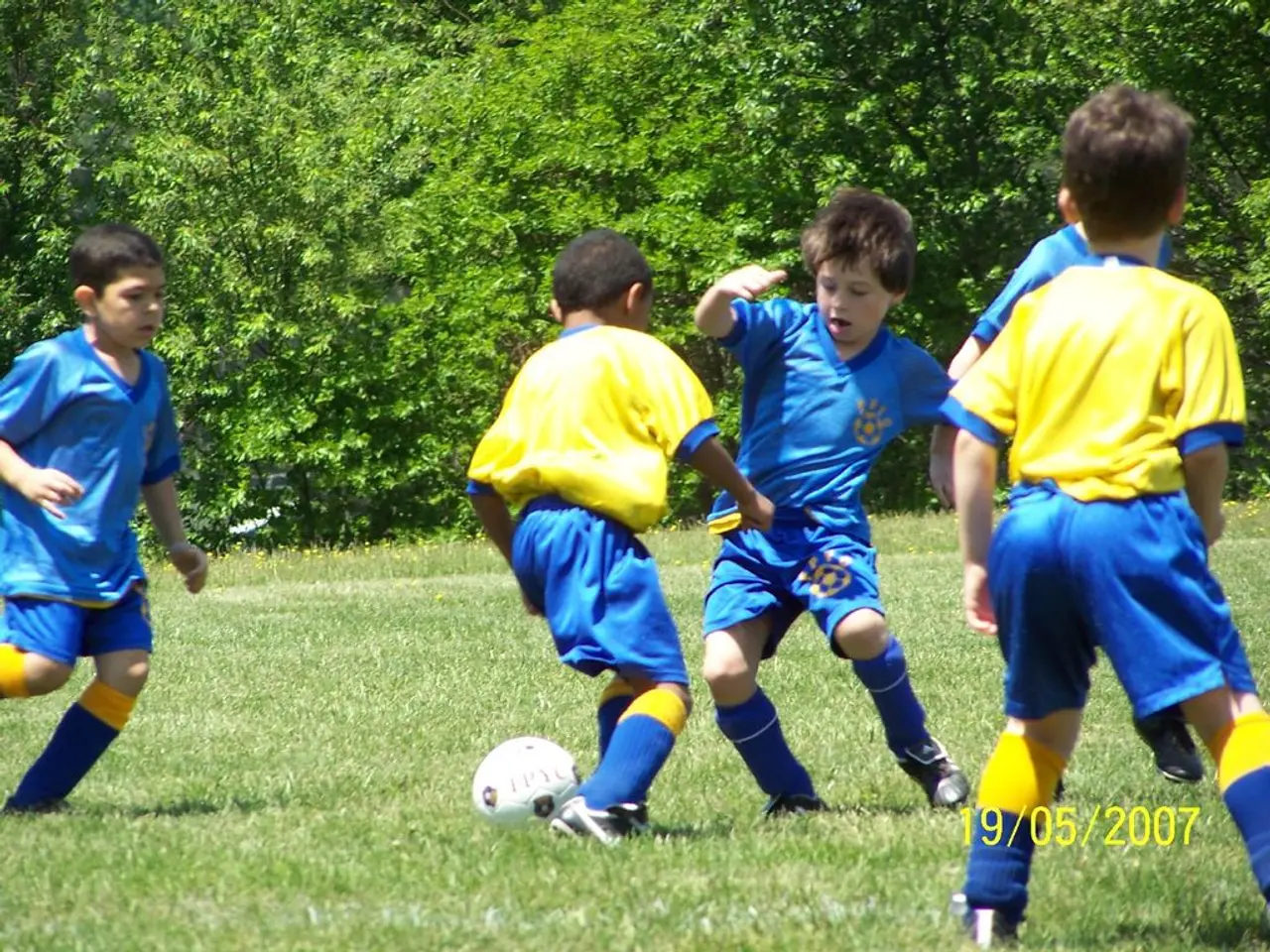Revising SLH activities: shifting focus to a new subject matter
In a unique blend of science and drama, a New Zealand teacher named Mila transformed the traditional 'Bird hotel' activity into an 'Eel hotel' to educate students about the longfin eel, a species facing extinction. This innovative approach aimed to help students understand the urgency of conservation and build empathy for the longfin eel.
Mila adapted seven scenarios from the original activity, making three of them applicable to the eel. One of the adapted scenarios depicted pollution in the area causing eels to get sick and die, serving as a stark reminder of the negative impact humans can have on the eel's habitat. On a more positive note, another scenario showed the Department of Conservation running an education programme highlighting threats to the longfin eel.
The 'Eel hotel' activity was designed to teach a science unit on the longfin eel. It involved six teachers from four schools, with year levels ranging from 3 to 10. The students were divided into four groups and started the activity in one hula hoop, with Mila describing the activity as a simulation of the eel's life cycle and the challenges it faces. If students could not find space in a hoop or were mid-journey, they were considered "dead eels" and out of the activity.
Hula hoops represented different life stages and habitats, with students acting out the various stages of the longfin eel's life cycle outside on the school court. As the game progressed, hoops were removed for negative scenarios and added for positive scenarios.
Mila's specific learning outcomes for the unit included students becoming experts on the longfin eel, explaining and drawing the life cycle, building awareness of the eel, naming the threats endangering the eel, and describing culturally specific relationships between Māori and the eel.
The research focused on how Mila, a year 5 and 6 teacher, adapted an activity for a science unit on the New Zealand longfin eel. The project was conducted over one term to investigate how teachers use and adapt Science Learning Hub resources for science teaching.
Emery, a 10-year-old student, expressed enjoyment for the game, saying it made learning about the longfin eel more engaging and memorable. This innovative use of drama techniques not only enhanced students' engagement and understanding but also fostered empathy and creative expression.
The tuna - longfin eel (Anguilla dieffenbachii) is facing extinction due to a significant decline in numbers. By integrating drama into external science activities, educators can create multidimensional learning experiences that harness engagement, communication, and cognitive growth, using the longfin eel as a compelling and relatable scientific focal point.
- Science Learning Hub resources can be adapted by educators to create engaging and memorable learning experiences, as demonstrated by Mila's 'Eel hotel' activity that helps students become experts on the longfin eel and develop empathy for the species.
- The 'Eel hotel' activity, designed for a science unit on the longfin eel, aims to foster lifelong learning in the areas of health-and-wellness, fitness-and-exercise, education-and-self-development, and learning by simulating the eel's life cycle and the challenges it faces.
- The use of drama in science activities, such as Mila's 'Eel hotel', can serve as an effective tool for enhancing student understanding, promoting creative expression, and building empathy while engaging students in lifelong learning related to the longfin eel and its conservation.




